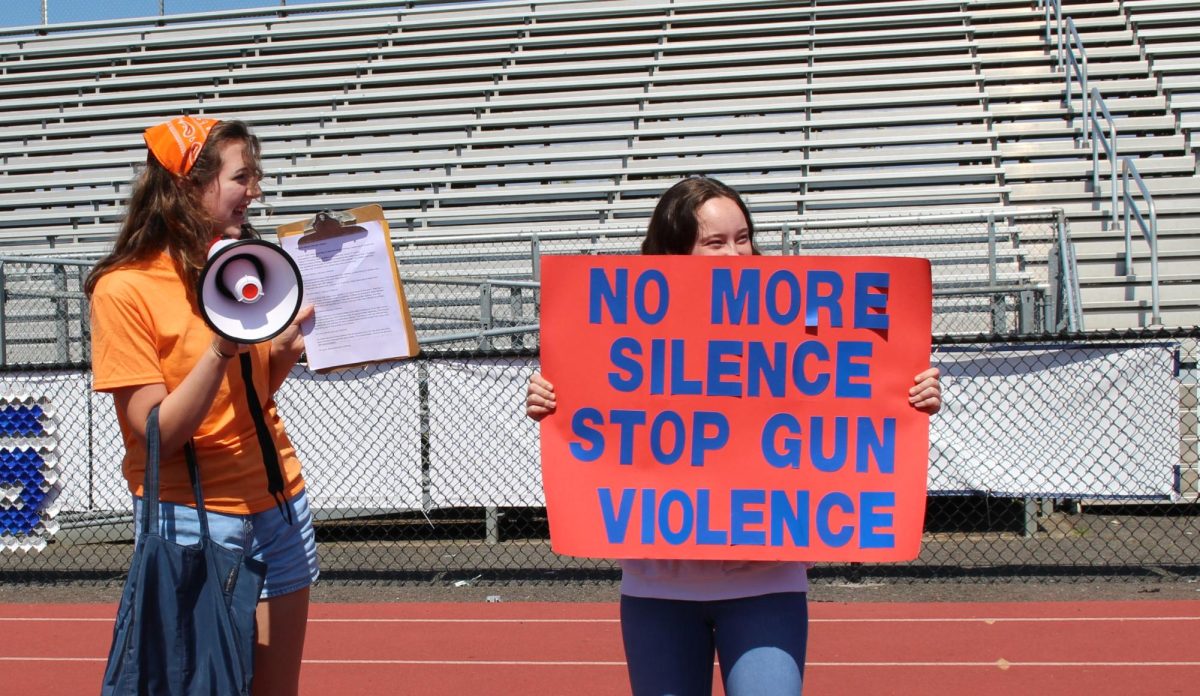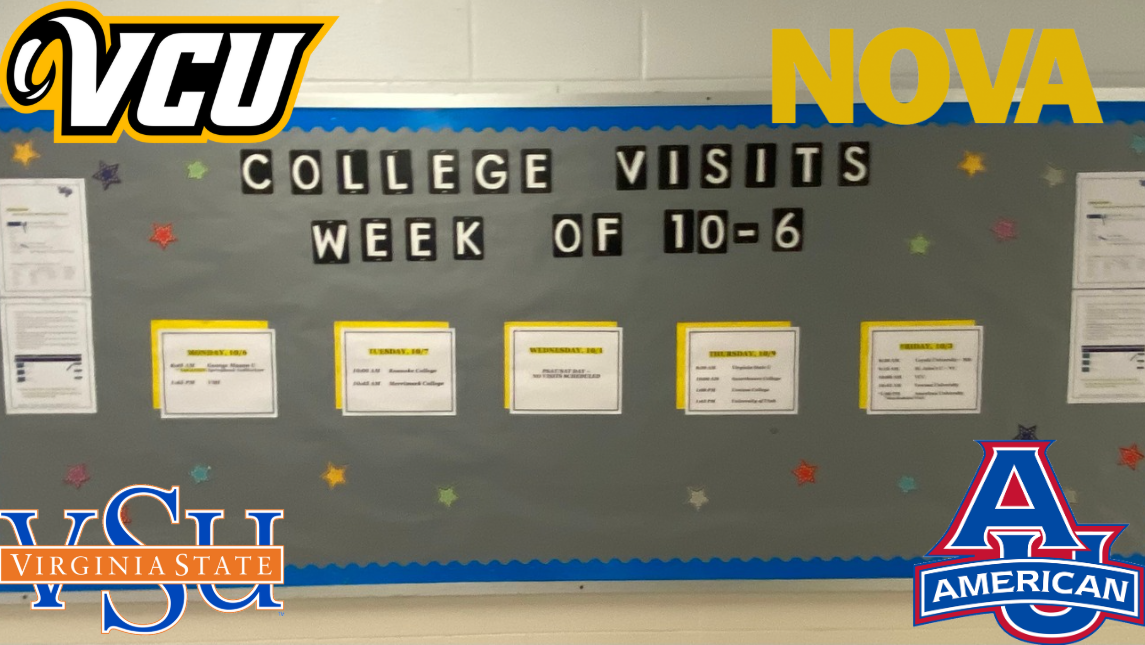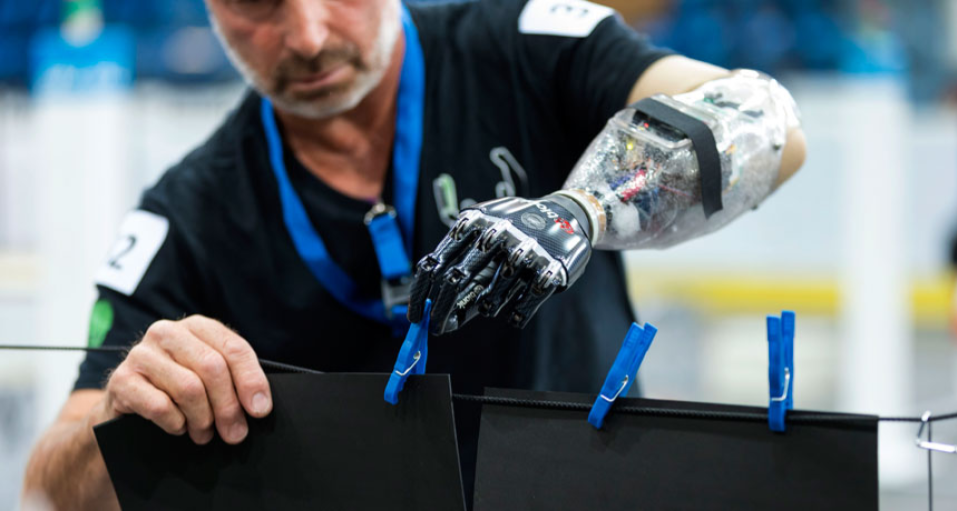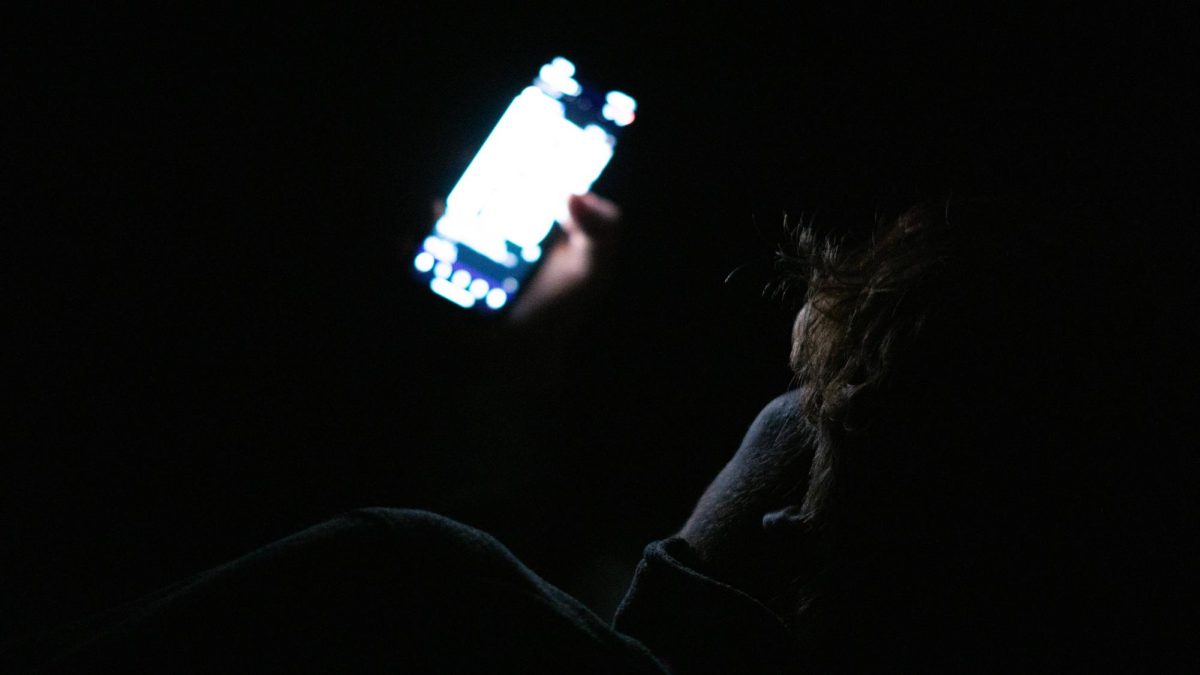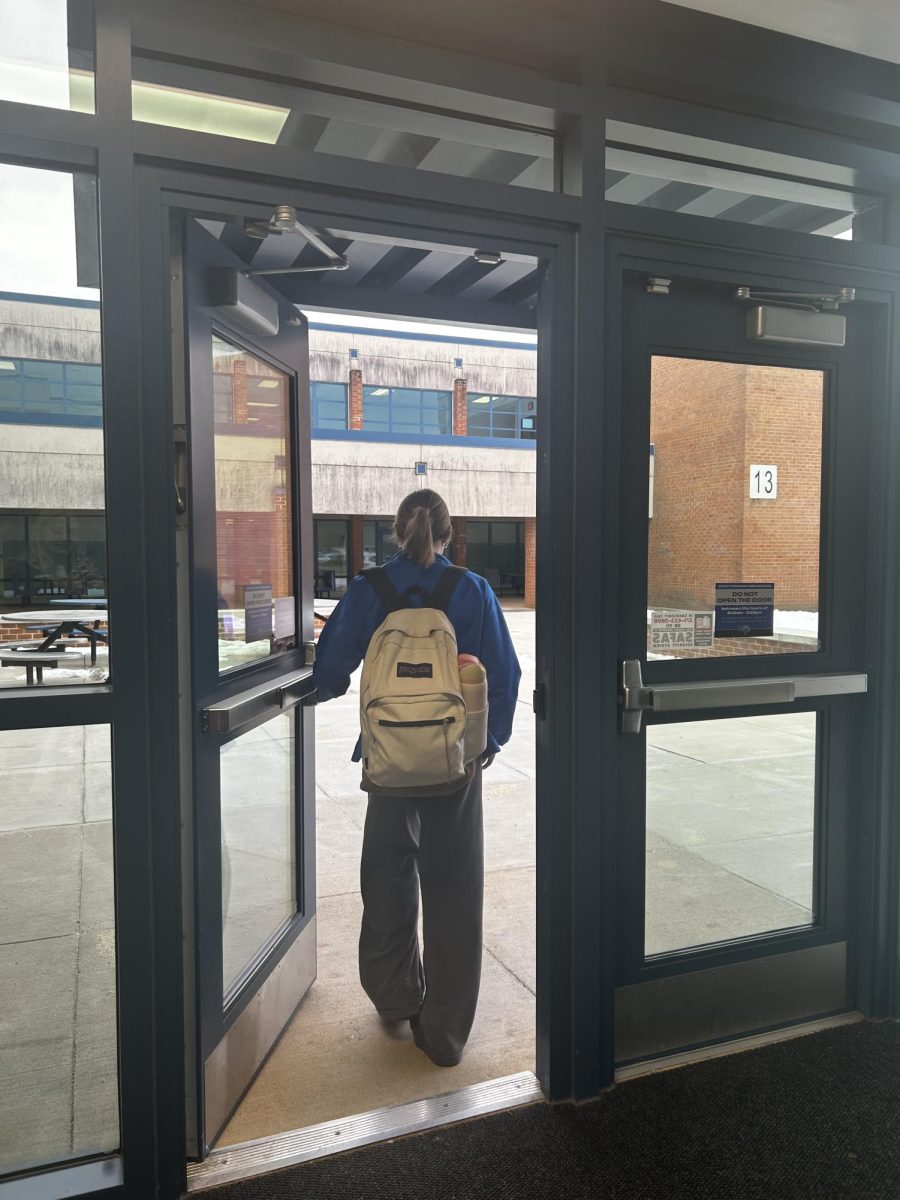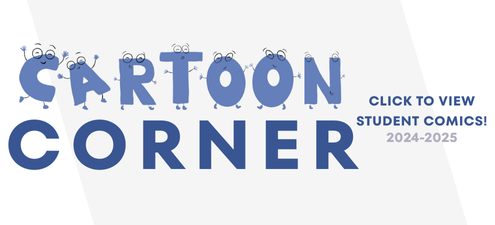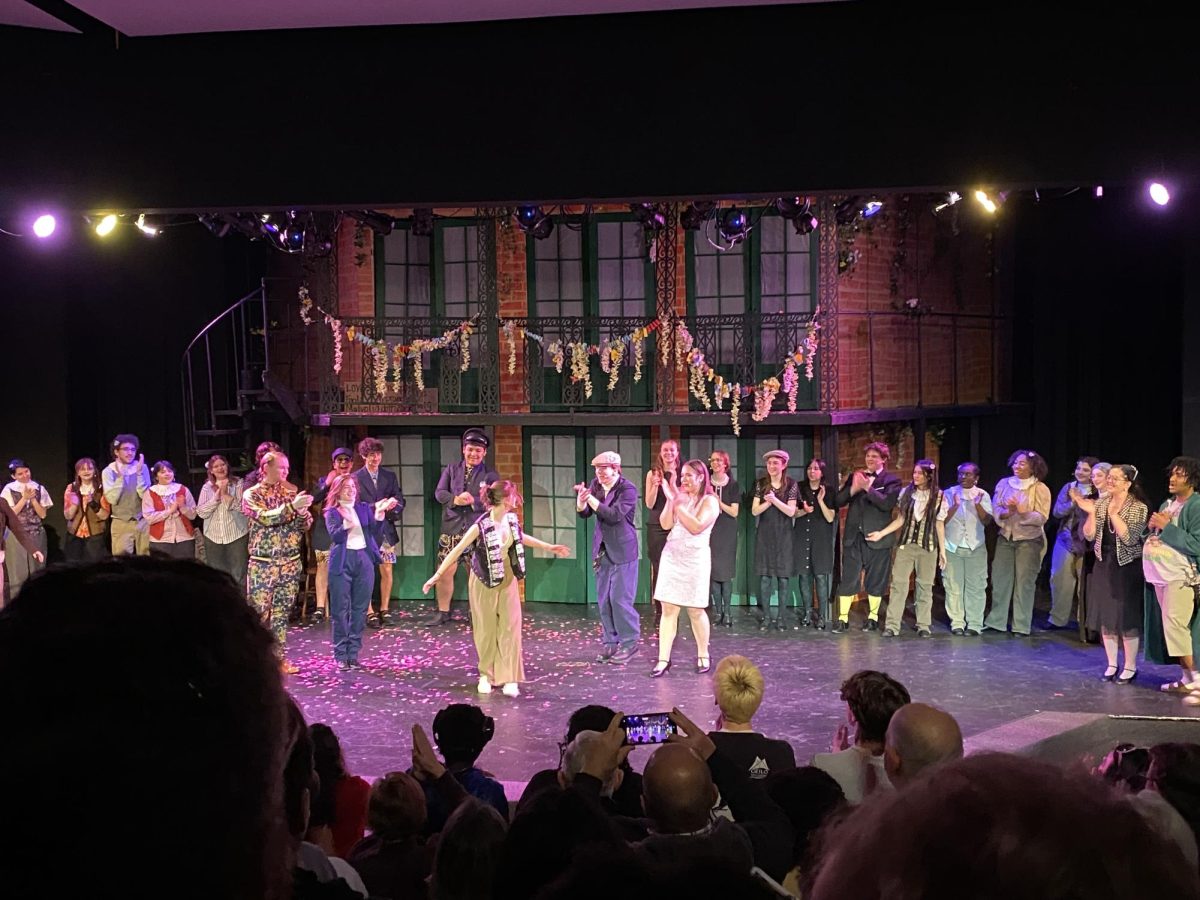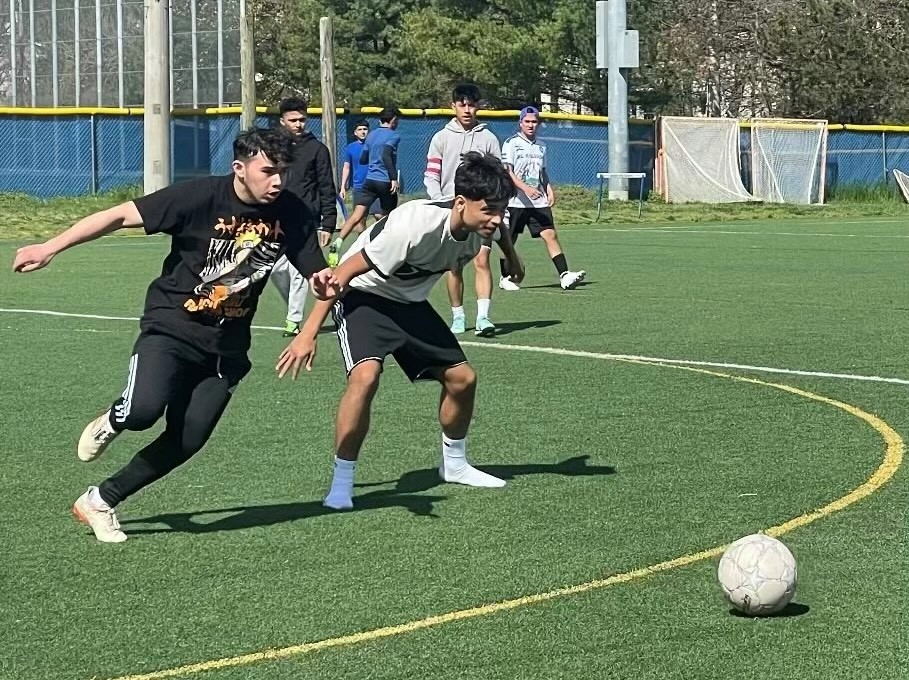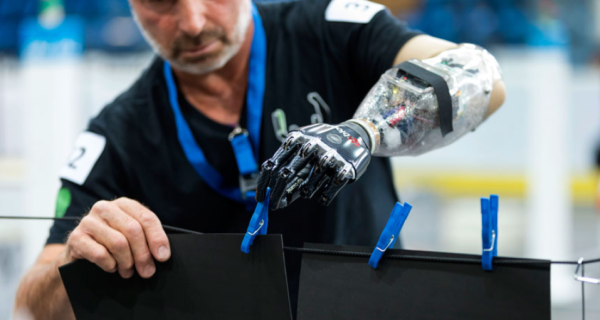The Modern Classroom Trial
A couple of years ago, an innovative West Potomac High School teacher felt as if he was not connecting with his students so he decided to try a new approach to instruction known as Modern Classroom. Essentially, teachers film short, instructional videos for students to watch. Then, the students work through assignments at their own pace and complete a mastery check to move on to the next topic. In theory, it allows teachers to pay more attention to individual students and grants students the ability to learn at their preferred speed without the restriction of rigid deadlines. Convinced that this would be the change he needed, he implemented this approach into his classroom, and eventually, other teachers followed suit.
Modern Classroom assumes that students will do their work without strong deadlines, a faulted belief when considering the results of West Potomac’s late work policy. This policy removes penalties for late assignments within a quarter, making it easy to say “I’ll do my homework later,” simply because the deadlines are not absolute. This removal of penalties only promotes procrastination. For me, this means my late work builds up until, by the end of the quarter, I am completing 10 missing assignments, not absorbing any of the information. For other kids, one possible scenario of the unstructured Modern Classroom: kids left to their own devices, rush to complete assignments only when absolutely necessary, not ingesting any of the concepts but still receiving credit. To avoid this, the Modern Classroom teachers must spend time ensuring that students are doing their work.
The second assumption Modern Classroom rests upon is that teachers will actively check on students. I spoke with West Potomac’s principal, Dr. Tanganyika Millard, who made it apparent that teachers have very few external incentives to, well, teach. There is no pay raise for higher test scores or for being “most spirited.”
Along with this, it seems there are very few repercussions to deter teachers from slacking off, though an ineffective teacher faces the possibility of not be reinstated the following year, according to Mr. Ivan Johnson, vice principal.
But in an understaffed school system, I am not confident that West Potomac has the luxury to let many teachers go. So without incentives or deterrents, Modern Classroom teachers could pretty easily record one video, sit back, and let kids try to figure the rest out on their own. Theoretically, this scenario should be avoided through administration oversight ensuring teachers are held accountable. Yet, Dr. Millard explained to me that teachers are given a full evaluation every three years, in which Administrators are required to sit in on classes one or two times. Without a guarantee that teachers are watching students, students could take advantage of the freedom, inevitably damaging their education.
It must be noted that these policies do not just negatively affect Modern Classrooms, they allow for a lack of accountability that gives teachers and students freedoms that aren’t beneficial in any given classroom. But, the Modern Classroom approach grants a type of independence that the traditional classroom does not. From my perspective, it removes a structure that is necessary for a student’s success, so its implementation should be observed diligently, otherwise it is doomed to fail. Knowing that West Po does not have the means to provide additional oversight, the question is raised: why is Modern Classroom at here at all?
Dr. Millard finds her answer in data. She explained to me that compared to traditional classrooms of the same subject, students’ grades were better and their SOL scores were higher. She believes this is proof of Modern Classroom’s value.
Dr. Millard does not require West Potomac classroom teachers to complete the training session required to become an official Modern Classroom teacher, but she encourages it. The sessions can span from 5 hours to a summer-long course; teachers who undertake this willingly sacrifice their time in hopes of teaching more effectively.
I question if the improvement in grades and test scores are representative of the Modern Classroom’s effectiveness or if it is just the result of teachers who love their job. There is also a second factor that may taint the Modern Classroom data: cheating. Modern Classrooms rely on videos, so they are often entirely virtual. These circumstances allow students to use the internet to cheat, a resource unavailable when completing assignments on paper in a traditional classroom.
If I have made it clear that due to lack of accountability Modern Classrooms cannot be implemented effectively, and that improved grades and test scores may not be directly correlated to the Modern Classroom approach, the question still remains: why is Modern Classroom at West Potomac? The answer is that Modern Classroom is a product of a post-pandemic philosophy that focuses on students’ mental health. During the pandemic, students were granted looser restrictions regarding test retakes and homework deadlines because students had extenuating circumstances, so they deserved a little bit of slack. Yet despite moving further away from the pandemic, the same policies remain. We are all aware that this under-regulated, virtual school year was a disaster for many of us, so there is no logical reason to recreate that environment with Modern Classroom, or with any other approach that removes structure.
The lack of regulation allows for grades to look good, even if students are not learning to their best ability. Eventually, students will have gone through years of relaxed academics, and graduate high school with the appearance of well-educated individuals even if it’s not the case.
(edited for space)





